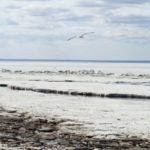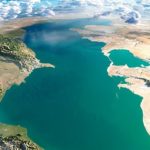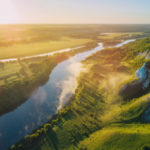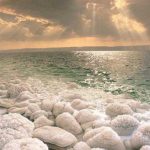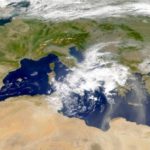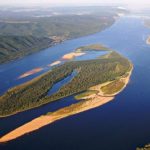Interesting facts about the Sea of Azov
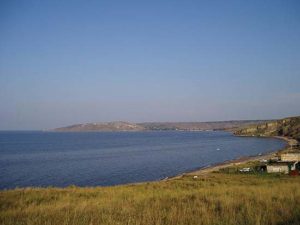 The Sea of Azov is famous for its resorts. Even in Soviet times, vacationers were sent massively to the cities located on its coast to enjoy a well-deserved vacation, and now the popularity of this direction continues to be high. In this issue the Sea of Azov actively competes with the Black Sea, which also attracts many tourists, especially Russian ones. However, the extremely warm water of the Azov Sea is very, very much in the soul.
The Sea of Azov is famous for its resorts. Even in Soviet times, vacationers were sent massively to the cities located on its coast to enjoy a well-deserved vacation, and now the popularity of this direction continues to be high. In this issue the Sea of Azov actively competes with the Black Sea, which also attracts many tourists, especially Russian ones. However, the extremely warm water of the Azov Sea is very, very much in the soul.
The Sea of Azov is the smallest of all seas washing Russia. In the second place in this parameter is the White Sea.
Of all the seas of the world, the Azov Sea is the shallowest, its depth does not exceed thirteen meters at the deepest point.
The temperature of the upper layers of water in the resort areas of this sea in summer often warms up to 28-30 degrees Celsius.
There is a theory according to which the Azov Sea arose about seven and a half thousand years ago as a result of a catastrophically strong rise in the level of the Black Sea.
The Azov Sea is the most remote sea on the Earth from any ocean, that is, the most continental one.
In winter, the Azov Sea is often covered with ice. Sometimes – completely.
In less saline (more precisely, almost freshwater) areas of the Sea of Azov live freshwater fish, for example, pike and crucian carp.
The water level in the Sea of Azov declines steadily every year. If the situation does not change, sooner or later it will disappear altogether.
The second name of the Azov Sea is the Sea of Mollusks.
In summer, coastal waters sometimes shine at night. More precisely, the algae that live there are luminous.
The average depth of the Azov Sea is only eight meters.
For the entire history of observations in the Sea of Azov, there have never been waves above four meters.
In the Sea of Azov, dolphins are found.
Above the surface of the Azov Sea, the wind blows all year round. It is so strong that it brings water to shore, and sea level in the coastal zone because of this increases by several meters.



